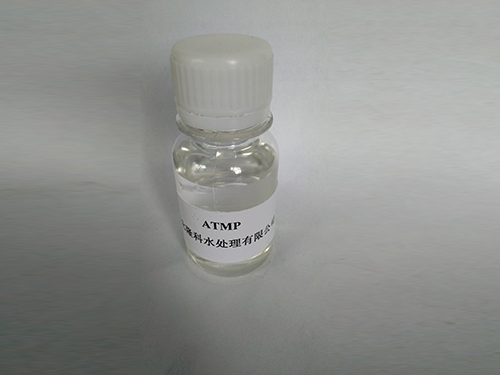Understanding the Role of Coagulants and Flocculants in Water Treatment Processes and Their Applications
Coagulants and Flocculants Essential Agents in Water Treatment
In the field of water treatment, the terms coagulants and flocculants often come up in discussions regarding the processes designed to enhance water clarity and remove pollutants. These two chemical agents play pivotal roles in the removal of suspended solids in water, contributing significantly to the effectiveness of water purification technologies.
Understanding Coagulation and Flocculation
Coagulation refers to the process of destabilizing suspended particles in water, allowing them to aggregate and form larger particles or flocs. This is typically achieved through the addition of coagulants, which are chemical substances that facilitate the agglomeration of particles. Common coagulants include alum (aluminum sulfate), ferric chloride, and organic polymers. When these coagulants are added to water, they neutralize the electrical charges on small particles, enabling them to stick together.
Flocculation, on the other hand, is the subsequent step where the newly formed particles clump together to form larger aggregates, or flocs, that can be easily removed from the water through sedimentation or filtration. This process may be enhanced by the introduction of flocculants, which are often long-chain polymers that promote the bridging of small particle aggregates into larger ones.
The Importance of Coagulants and Flocculants
The use of coagulants and flocculants is crucial in various applications, including municipal drinking water treatment, wastewater management, and industrial processes. In municipal water treatment, these agents help remove turbidity, pathogens, and organic matter, ensuring that the water is safe for public consumption. In industrial settings, they assist in clarifying process water and treating waste effluent, minimizing environmental impacts.
coagulants and flocculants

The selection of appropriate coagulants and flocculants is vital, as different substances yield varying results depending on the water's composition, pH, temperature, and the types of contaminants present. For instance, in some cases, inorganic coagulants like alum may be more effective, while in others, synthetic organic polymers might yield better results in terms of settling and removal efficiency.
Environmental Considerations
While coagulants and flocculants are essential for effective water treatment, their use raises certain environmental concerns. Inorganic coagulants can introduce metals into the water, which may pose risks if not properly managed. Additionally, the residual chemicals left after treatment can affect aquatic ecosystems if discharged into natural bodies of water. Therefore, it is crucial to optimize dosage levels and employ processes that minimize adverse effects on the environment.
Further research is being conducted to develop more sustainable and effective coagulants and flocculants. Biopolymers derived from natural sources, such as chitosan from crustacean shells, are gaining attention as eco-friendly alternatives. These biodegradable substances can effectively enhance coagulation and flocculation while reducing the ecological footprint of water treatment processes.
Conclusion
Coagulants and flocculants are indispensable components in the quest for clean water. Their roles in transforming turbid water into clear, potable supplies are vital for public health and environmental protection. As technology and research continue to advance, the water treatment industry is poised to discover even more efficient and environmentally friendly solutions. Understanding the dynamics of these agents will not only improve water treatment practices but also contribute to the sustainability of our water resources for future generations.
-
Understanding Polycarboxylic Acids: Properties, Applications, and Future PotentialNewsJul.28,2025
-
Scale Inhibitor Explained: How to Protect Your System from Limescale and Hard Water DamageNewsJul.28,2025
-
Scale and Corrosion Inhibitors: Essential Chemicals for Industrial Water System ProtectionNewsJul.28,2025
-
Polyaspartic Acid: A Biodegradable Polymer for Sustainable ChemistryNewsJul.28,2025
-
Isothiazolinones: A Versatile Antimicrobial Class with Industrial Power and Regulatory ChallengesNewsJul.28,2025
-
A Deep Dive into 2-Phosphonobutane-1,2,4-Tricarboxylic Acid (PBTC)NewsJul.28,2025





